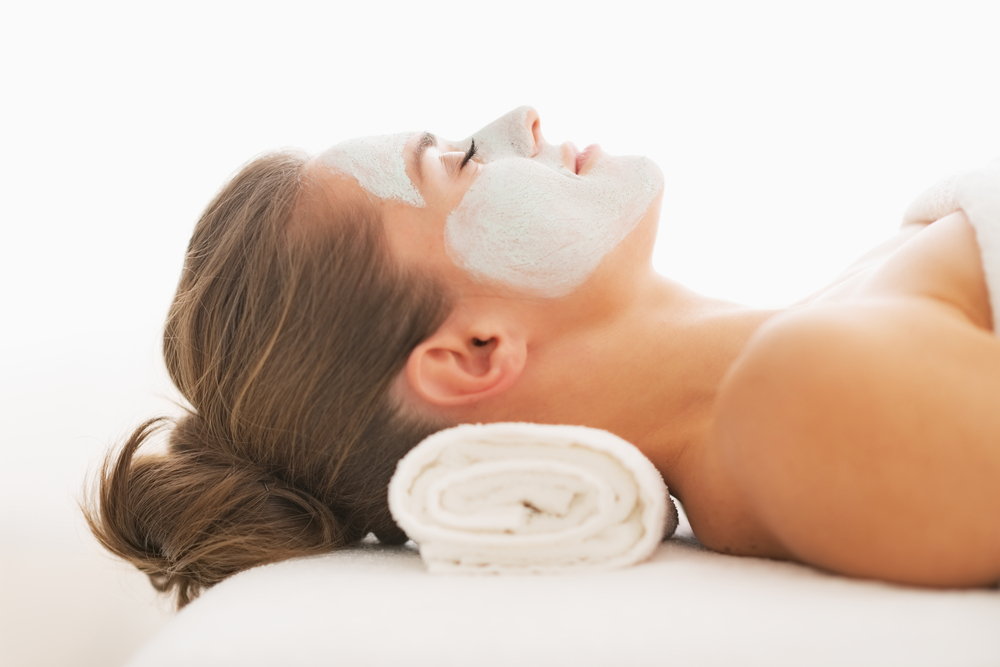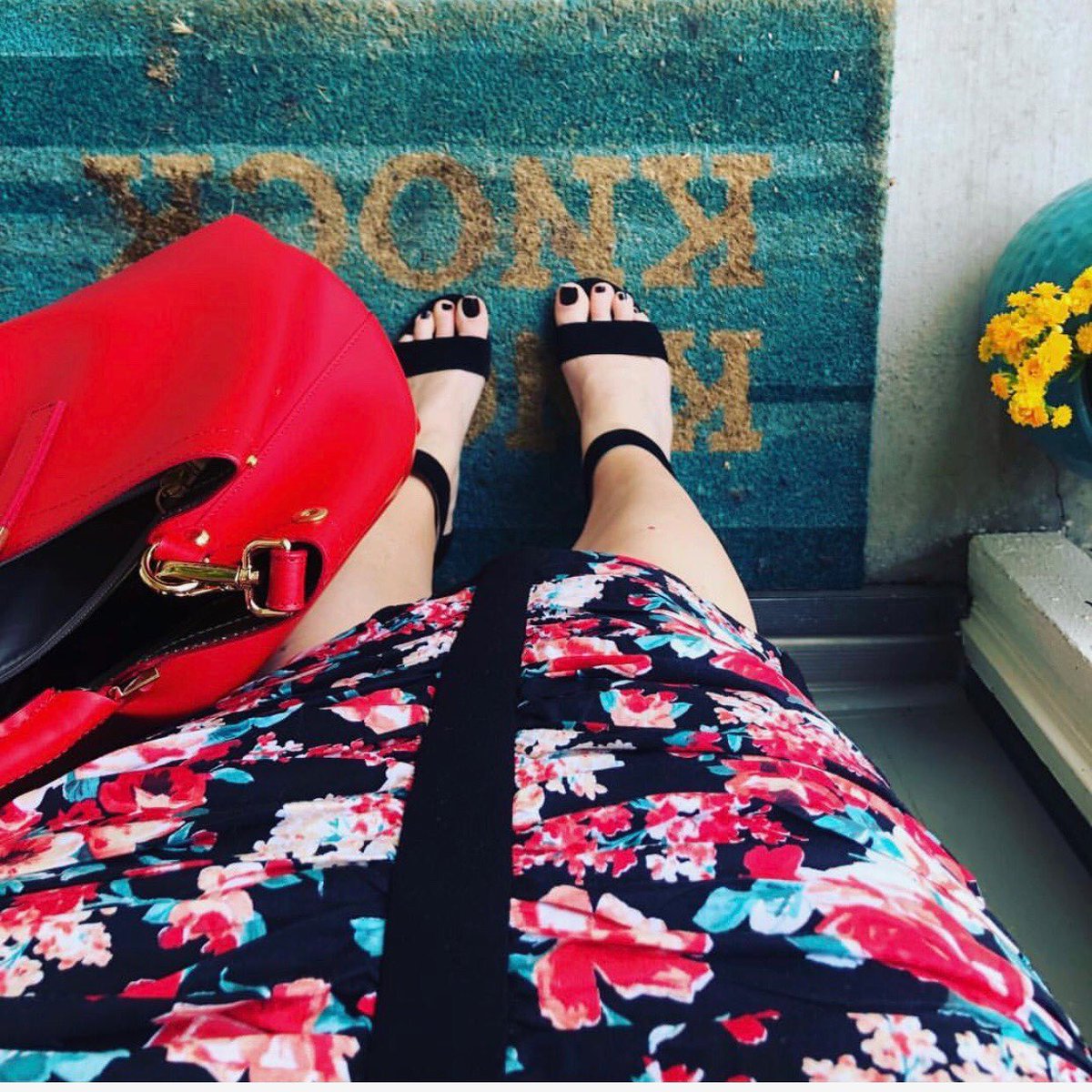
Loving Your Face: A Simple Skin Care Routine for Everybody
For those without many skin care problems, worrying about following a proper skin care routine may seem like an unnecessary amount of extra work. For those of us with problematic skin, however, not following a regimented routine can lead to painful and unattractive unpleasantness on our faces in the form of acne or other forms of irritation.
Even for those without specific skin care issues, taking care of your skin should become more of a priority as you age and your skin inevitably begins to stand up against the many elements with less vigor. Luckily, there are several different ways to care for your skin, slowing the aging process and keeping you looking and feeling great for years longer than is possible without paying any attention to your skin. How should you structure your skin care routine to maximize your skin’s potential?
Cleansers
The first step that you should follow when planning your individualized skin care routine is cleansing. This is an important first step for everyone, regardless of skin type, as it removes any dirt and impurities from the skin and opens up your pores to accept whatever products you will later put on. There are literally thousands of different cleansers available on the market today. You should look for one that is pH-balanced and does not contain any alcohol or other strong elements so as not to stress your skin too much (and you will add any special creams that may combat specific issues later). Soap-based cleansers, on principle, tend to be too harsh to take good care of your face, drying it out and often making it more irritated than it was even before you began your skin care routine. The right cleanser should make your face feel alive and soft, not dry and hard. Find the right one for you.
Toners or Softeners
Different brands offer different combinations of products, but most have made either a toner or softener available to be coupled with the cleanser. These products should restore the pH of your skin, remove the last vestiges of makeup and dirt, and prep your skin to soak up the next round of your skin care routine. Although all of the steps of your routine are important, using a toner or softener is probably the step that is most expendable if you are short on money or time. I feel a difference when I use these products in addition to the rest of my routine, but I have had to skip them in the past and my face still responds well to the rest of the products I use (though I try not to do this for too long). If you can, use a toner or softener right after you cleanse for the best experience!

Serums
Serums and special creams are also examples of products that are not necessary for a good skin care routine but can be very helpful for those of us with specific problems. Concentrated creams for dark spots, aging lines, or acne can all be found to help combat many of your most annoying problems. Add these right after the toner, so they will be most absorbed by your skin. Again, if you have no specific skin issues to be dealt with, don’t worry about this!
Moisturizers
Like cleansers, moisturizers come in a thousand types and brands. Shoot for one that is best for your skin type (oily, dry, etc.) and does not include any alcohol or acid (unless you are purposefully using an anti-acne moisturizer). Since you should be doing this routine at both morning and night times, it may not be a bad idea to invest in both a daytime moisturizer that is a bit lighter in consistency and contains sunscreen and a nighttime moisturizer that is more nutrient rich and aims to condition your skin all night long. After you put on your moisturizer, your skin should feel supple and refreshed – in fact, your facial skin should feel better at this point in the routine than at any other point during the day.
Following a structured skin care routine will make a difference in how your face looks and feels. Just follow these easy steps to identify what is the best routine for your specific needs and what elements of your daily life may be affecting your skin’s condition.
0



